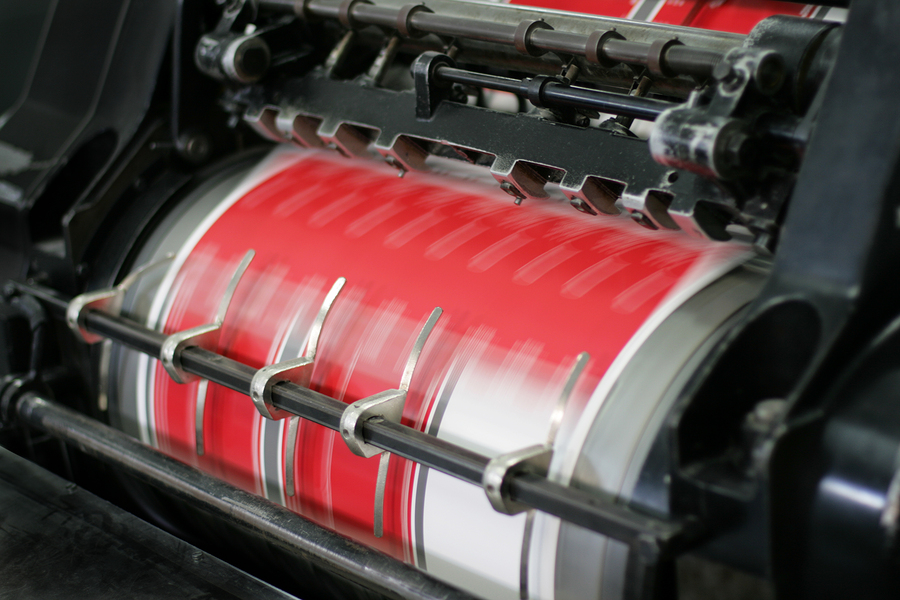Sustainable and Environmentally-Conscious Options in litho printing
Sustainable and Environmentally-Conscious Options in litho printing
Blog Article
A Comprehensive Guide to Understanding Litho Printing Methods
The globe of litho printing, a technique originating from the late 18th century, is a fascinating blend of background, science, art and technology. This detailed overview will certainly unravel the intricacies of this printing approach, from the composition of litho inks to the obstacles dealt with in contemporary applications. As we venture into the details of lithography, the significance of automation and sustainability in ensuring its future relevance becomes progressively clear. Remain with us as we trip into the exciting realm of litho printing.
The Historical Evolution of Litho Printing
The historic trajectory of litho printing, an essential innovation in the world of communication, is an exciting story of human resourcefulness. The process evolved with the arrival of the rotating press, which greatly increased productivity. Each stage of litho printing's development showcases humankind's relentless quest of efficiency and high quality in visual interaction.
Deciphering the Scientific Research Behind Litho Printing Inks
Progressing in the expedition of litho printing strategies, the focus currently shifts to the scientific research behind litho printing inks. The composition of these inks, their drying procedure, and color mixing strategies develop the foundation of this complex art kind. Understanding these components is vital to mastering the craft and accomplishing the desired print results.
Make-up of Litho Inks
In lithographic printing, the essential function of litho inks can not be overemphasized. Pigments, the color-providing components, are finely ground bits suspended in the vehicle, a fluid that brings the pigment onto the printing surface. Each element plays a critical part in the last print's top quality, making the specific formulation of litho inks an elaborate science.
Ink Drying Refine
From the structure of litho inks, interest turns to the fascinating procedure of ink drying. Two primary methods are utilized in litho printing: oxidative drying out and absorption. Absorption, on the various other hand, involves the ink leaking into the paper fibers, which is a faster process yet can lead to much less dynamic shades.
Color Combining Methods
While the drying out procedure plays a key role in litho printing, the scientific research of color mixing strategies holds equivalent importance. This is a complicated procedure that involves the cautious blending of key shades: cyan, magenta, and yellow, in varying proportions to achieve a broad selection of colors. The enhancement of black ink, referred to as 'vital', assists in controling the strength and deepness of the shades. The science behind litho printing inks likewise takes into consideration the openness of the ink, which impacts just how shades overlay and mix. To accomplish an effective color mix, print specialists must additionally recognize the ins and outs of ink behavior, color theory, and the physical homes of the substratum on which the ink is used.
The Art and Design Aspects in Litho Printing
Litho printing takes a breath life right into art and layout with its one-of-a-kind aspects. Litho printing fits a selection of shades, allowing musicians to create dynamic and dynamic prints. This combination of accuracy and versatility makes litho printing a recommended choice for many artists and developers.
Modern Applications of Litho Printing Techniques
Litho printing methods have actually found considerable usage in the contemporary commercial market. Its influence and relevance remain to grow with the advent of new innovations and modern technologies in the field. This area will discover these contemporary applications and the transformative function they play in the printing industry.
Industrial Litho Printing Makes Use Of
In today's digital age, one might ask yourself about the importance of traditional printing techniques. Yet, litho printing remains a critical component of the industrial industry. High-volume printing jobs, right here such as the manufacturing of books, newspapers, and packaging, rely upon litho printing for its capacity to deliver premium image high quality and expense performance. The procedure, which entails moving a tattooed image from a plate onto a rubber blanket and after that to the printing surface area, uses unmatched consistency. This makes it optimal for tasks requiring a huge print run. Litho printing also offers a broad color spectrum, above that of electronic printing. This makes it the best selection for tasks that require vibrant, top quality color reproduction.
Advancements in Litho Printing
Pushing the limits of traditional methods, modern-day developments have actually fueled a host of technologies in litho printing. One noticeable growth is digital litho printing, which integrates the merits of electronic technology with litho's top quality result. These innovations highlight the long-lasting relevance of litho printing in the contemporary globe.
Discovering the Process of Litho Printing: Detailed

Challenges and Solutions in Contemporary Litho Printing

In spite of the accuracy and tradition that litho printing proudly supports, it is not without its collection of contemporary obstacles. One of the most prevalent problems consist of the high initial configuration price, difficulty in printing variable data, and environmental problems as a result of chemical usage. Options are arising as technology evolves. Digital litho printing enables for cost-efficient brief runs and easy modification, dealing with the problem of variable information. Environmentally-friendly you could try here inks and safer plate-making processes reduce environmental concerns. Furthermore, innovations in automation have actually lowered labor prices, further Related Site equalizing the lithography procedure. Hence, while there are obstacles, the litho printing sector is proactively adjusting to fulfill them head-on, guaranteeing its importance in the future.
Final thought
In final thought, litho printing, with its rich background and scientific intricacies, holds a substantial location in the print sector. The future of litho printing pivots on its capacity to adapt to these transforming demands, verifying its enduring worth in an advancing market.

Report this page